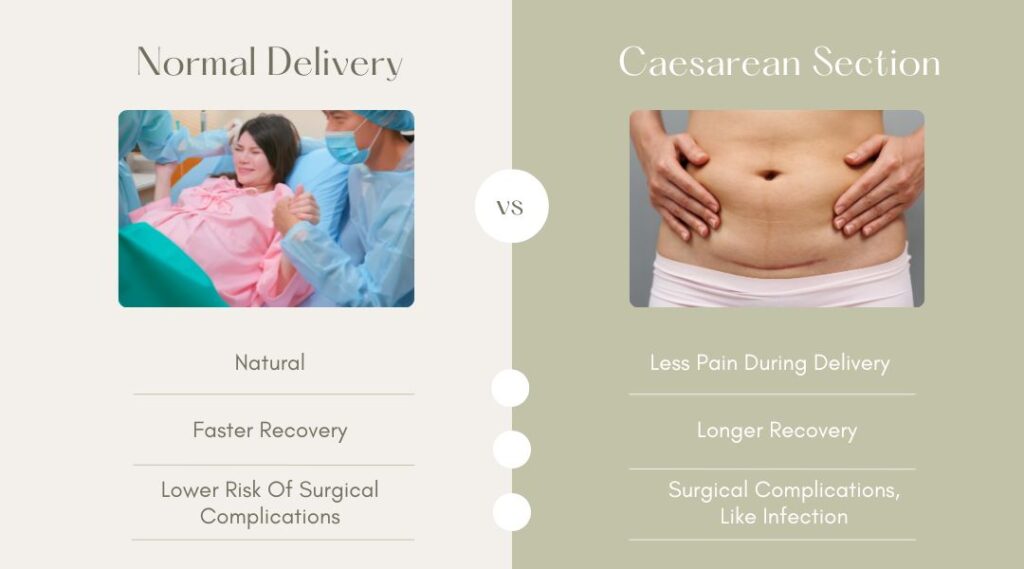Uterine fibroids are non-cancerous growths that develop in the uterus and are the most common type of tumour in women. These growths, also called leiomyomas, can be small and cause no problems, or they can grow larger and cause issues. Hormones like oestrogen and progesterone can influence their growth.
Research is still ongoing to find an effective treatment for uterine fibroids. While we don’t yet fully understand the exact causes of fibroid in the womb, the lack of clear causes explains why there are no long-term or non-invasive treatments available for them. However, newer options like laparoscopic surgery are proving to be quite effective for removing fibroids.
Understanding the Causes of Fibroid in the Womb
Many women experience fibroids during their reproductive years. While the exact reasons behind the causes of fibroid in the womb are not entirely clear, various factors are believed to play a role. In this blog post, we will look into the factors to provide a clearer picture of what might lead to the formation of fibroids. By exploring these elements, we aim to offer insights that can help you better understand the potential causes of fibroids.
-
Hormonal Factors
One of the most significant causes of fibroid in the womb is the hormone levels, particularly oestrogen and progesterone. These hormones, which regulate the menstrual cycle, can influence the development and growth of fibroids. This is why fibroids often become more noticeable during a woman’s reproductive years and may shrink or become less symptomatic after menopause when hormone levels drop.
-
Genetic Factors
Genetics are a significant determinant in the development of uterine fibroids. If fibroids are common in your family, you may be at a higher risk of developing them yourself. Studies have identified specific genetic mutations that could be linked to fibroid formation, indicating that hereditary factors play a crucial role. In other words, if your family has a history of fibroids, it could be due to inherited genetic traits that increase your susceptibility to these growths.
-
Age and Ethnicity
In India, 24% of urban women and 37.65% of rural women are affected by uterine fibroids, with over one million new cases reported annually. The incidence by age group is as follows:
15-25 years: 0.8%
26-35 years: 21.6%
36-45 years: 33.9%
> 45 years: 43.6%
Ethnicity (Geographic Variation in India):
Urban Areas: 24% prevalence
Rural Areas: 37.65% prevalence
Source – https://www.pacehospital.com/uterine-fibroids-symptoms-causes-complications-and-prevention
-
Obesity
Body weight plays a significant role in the development of uterine fibroids. Excess weight, particularly obesity, is linked to elevated levels of oestrogen, which can stimulate the growth of fibroids. By managing your weight through a balanced diet and regular exercise, you may reduce your risk of developing fibroids and support overall hormonal balance. Maintaining a healthy weight not only benefits your general health but can also help in managing the risk of fibroid formation.
-
Diet and Lifestyle
Your diet and lifestyle choices can influence your risk of developing uterine fibroids. Studies have indicated that consuming a diet high in red meat and low in fruits and vegetables may be linked to an increased risk of fibroids. Adopting a healthier diet—rich in fruits, vegetables, and whole grains—along with maintaining an active lifestyle, could help mitigate this risk. Making these positive changes not only supports overall health but may also contribute to lowering the likelihood of fibroid development.
-
Other Health Conditions
Certain health conditions, such as high blood pressure and diabetes, have been linked to an increased risk of uterine fibroids. These conditions might contribute to the overall causes of fibroid in the womb. Effectively managing these health issues can be crucial in potentially reducing both the risk and severity of fibroids. By addressing chronic conditions, you may help mitigate some of the factors that contribute to fibroid development and enhance your overall health.
-
Environmental Factors
Emerging research is exploring the role of environmental factors and toxins in fibroid development. Exposure to certain chemicals or endocrine disruptors could potentially play a role, though more research is needed to fully understand these connections.
Conclusion
While the exact causes of fibroids in the womb are still not fully understood, several factors have been identified that can increase the likelihood of their development. Understanding the causes of fibroid in the womb can help you make informed decisions about your health and possibly mitigate some risks. If you have concerns about fibroids or related symptoms, it’s always best to consult with a healthcare provider who can offer personalized advice and treatment options.






























